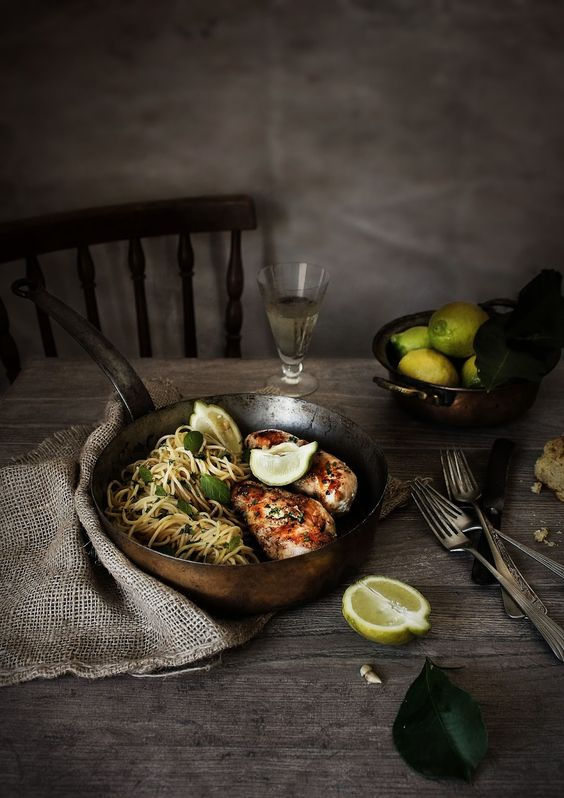Eating Out
- http://www.truewestmagazine.com/
- 13 de set. de 2016
- 2 min de leitura

A basic necessity in frontier camps, restaurants often started out in tents. An evolution took place as wagons rolled west and pioneers arrived to put down roots. Permanent structures replaced tents and shanties, and supplies began rolling in via steamboats, stagecoaches and railroads.
In the early days, especially in remote locales, menus offered simple fare: local game, chicken, beef, potatoes, bread, cake, pie or pudding and coffee and tea. But as early as the 1850s, some locations, including Bellevue City, served up impressive meals. Situated on the banks of the Missouri River, the Nebraska Territory town offered its chefs provisions from steamboats docked nearby.
The bill of fare for dinner at Bellevue House on July 5, 1857, was the talk of the Bellevue Gazette: “He who has an idea that we have nothing to eat out here in the ‘back woods’ would be astonished, if on his way through he would stop at the Bellevue House, kept by J.T. [Allan].”
The impressive and vast menu included: boiled chicken with egg sauce, leg of mutton with caper sauce, macaroni cheese, veal fillets, deviled ham, chicken a la cardadelle, scalloped tongue with Worcestershire sauce and beef heart fricasseed with Redding sauce. Dessert came in the form of six pies, three puddings and fruits and nuts, which could be served with champagne, wine, madeira, port, sherry, London porter, Scotch ale or Pittsburgh ale.
Much like folks do today, pioneers out West kept up with food trends. Classic French cooking was popular during the mid- to late 19th century. Menus were frequently printed in French and cooking styles often included the words “a la” for the particular sauce added to a dish.
Restaurant interiors ranged based on the type of fare provided. Simple furnishings, basic flatware and thick china dishes or tin plates were found in rural places, while fancy eating houses offered expensive décor with shimmering crystals, fine bone china and polished silverware.
The restaurant business was transient, mainly because of the competition. An eatery could be at the top of its game and, just two years later, be out of business. Mining towns and cowtowns saw the largest turnover because of the booms and busts. Railroad towns tended to have more stability in the restaurant business.
The Union Station railroad depot in St. Louis, Missouri, offered a restaurant that reflected all that was trendy in America. The Terminal Hotel housed one of Fred Harvey’s well-known restaurants. The specials created there included little, thin orange pancakes. Whip up some for your next breakfast!

















Comentários